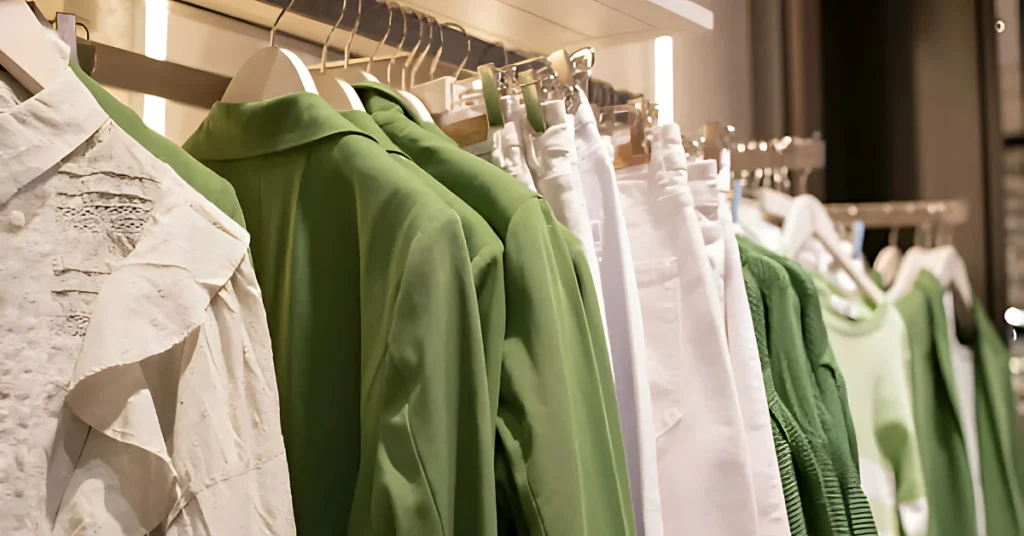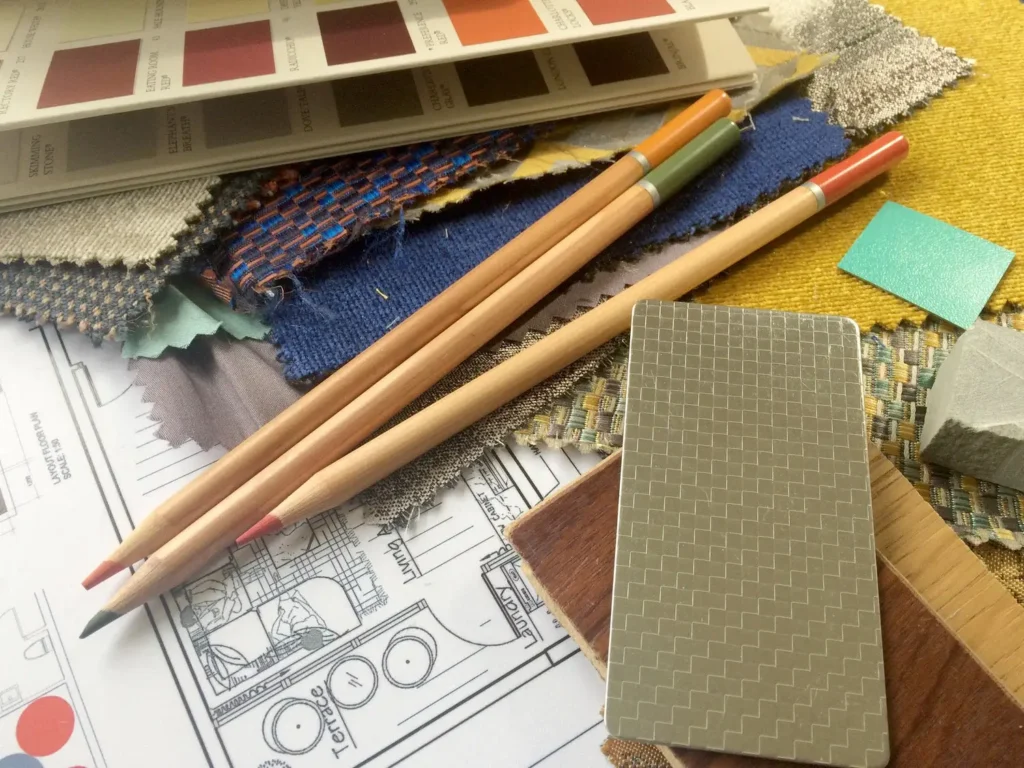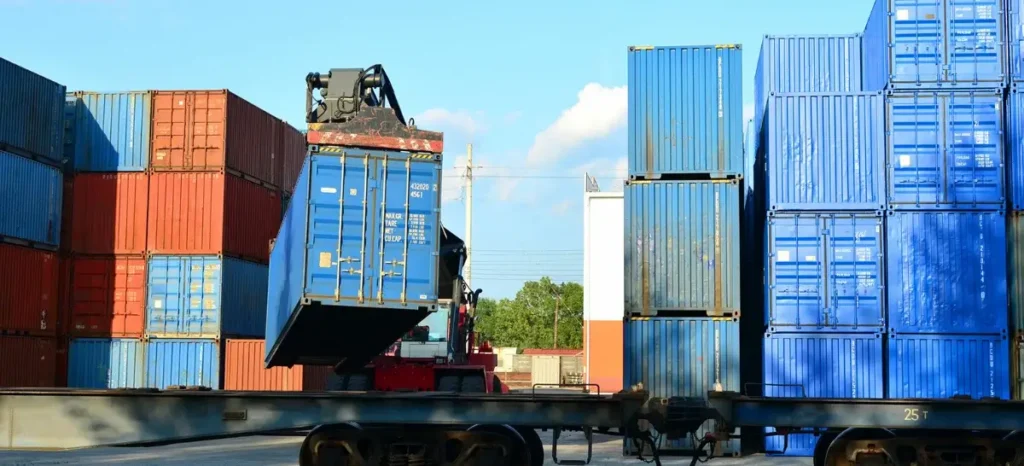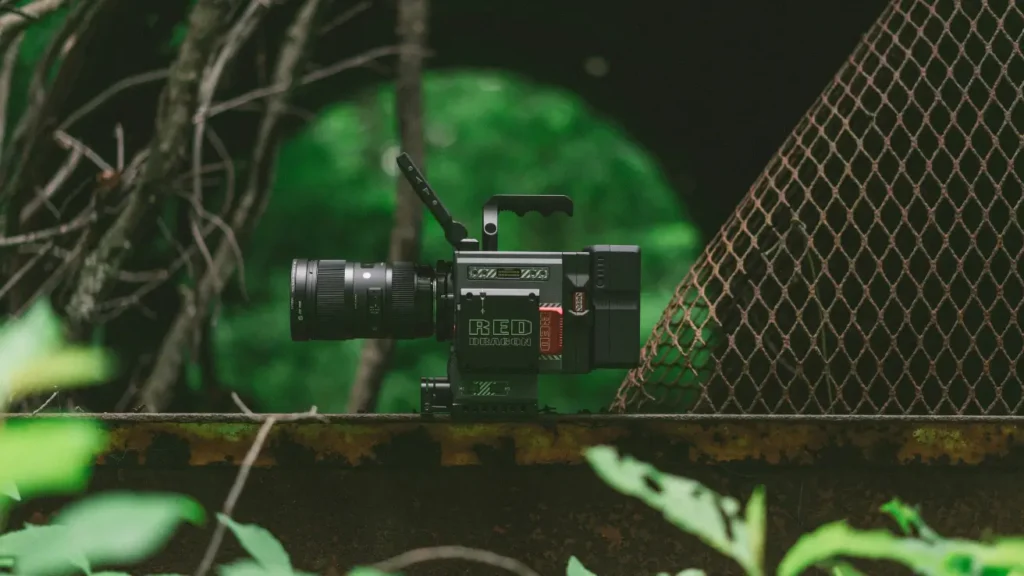AI in the Clothing Industry of Pakistan for Smarter Growth and Better Quality
Have you ever thought that, despite being one of the leading textile exporters in the world, Pakistan still faces inefficiencies, waste, and delayed shipments to the global market?
Due to the clothing industry’s chaotic demand pattern, the manufacturers find themselves overstocked with fabrics. Counterfeit products have become the mode of brand trust destruction. In addition to that, the clothing sector is using the old retail strategies that are directly pulling the sector to lose billions of dollars every year.
These issues have not only destroyed the manufacturer’s profit zone but have also permeated into the area of the shop owners, exporters, and even everyday customers who end up paying higher prices for the product of lower quality. Just look at that situation from a different viewpoint. If they could be mitigated, production cycles could be more intelligent, and fashion businesses could foresee what customers want before the customer even walks into the store. This transformation is already underway, and it is happening faster than most people figure out.
The power that is behind this big change is the implementation of more intelligent systems that can grasp the sequence of events, anticipate the direction of the trend, eliminate mistakes, and make the production so accurate. To sum it up, the discussion of AI in the Pakistan Clothing Industry is not about substituting humans but rather about making the whole chain more efficient and more competitive.
For a nation where more than 60% of its export revenue comes from the textile and garment sectors, it is out of question not to keep up with the trend of the above-mentioned revolution. The brands that incorporate these solutions are presently doing the following things: they are ргe-saʋing the costs, they are enhancing the quality, and they are making the global market more receptive to their businesses.

Why Pakistan Needs Smarter Clothing Solutions?
Pakistan’s clothing industry has been labor-intensive from the beginning. The whole country, from the power looms of Faisalabad to the garment factories of Karachi, has depended on low-cost labor, manual quality checks, and conventional forecasting. Although this model has been able to sustain the industry, it is now confronted with some problems, such as:
- Unpredictable global demand: Brands frequently produce too much or too little, resulting in a loss of both money and trust.
- Intensifying competition: Nations like Bangladesh and Vietnam have already modernized their production with cutting-edge systems, so that Pakistan is in danger of getting left behind.
- High wastage rates: The profits have been eaten away by mismanaged inventories, the wrongly predicted sizes, and defective product batches.
- Counterfeit flooding: Both local and international brands are facing the problem of fake copies that lead to the loss of their reputation.
The role of AI in the Clothing Industry of Pakistan has just become evident at this point. It not only works but also assists businesses with insightful analytics to save more and reap more innovation.
Practical Applications of AI in the Clothing Industry of Pakistan
Before we discuss the practical side of AI implementation, let us peek at this list of some real-world applications that come with huge benefits.
1. Smarter Fabric and Design Selection
Gone are the days when designers depended solely on their intuition. Now, systems can incorporate historical sales data, trending colors, and customer choices to tell the story. Imagine a fashion retailer in Lahore being able to select the most saleable fabric blends for Karachi, conversely for Islamabad. This actually makes creativity thrive rather than detracts from it, as designers find it easier to create what the customers will love to wear.


2. Predictive Demand Forecasting
A major problem that has plagued the clothing industry is overstock. Most of the stores are filled with unsold items once the season passes. It is using predictive forecasting that businesses can determine exactly the quantity and the time to manufacture. So there will be a lot less money tied up in the stock of the products that do not get sold, and there will be more profit instead. The adoption of this single approach could save the clothing market in Pakistan millions of dollars annually.
3. Enhanced Quality Control
Human inspectors are usually the ones who perform the traditional quality check, but this system tends to be error-prone. A machine that does the automated inspection can even register a tiny stitching fault or a fabric tear happening in the very moment, i.e., self-threading. Consequently, customer satisfaction will go higher, and at the same time, the Pakistani office can become the par brand outshining in the global market where quality standards are very strict and uncompromising.


4. Customized Shopping Experiences
Consumers of today expect tailored suggestions. The role of technology has changed significantly in Pakistan’s expanding e-commerce sector. Machines can now recommend clothes just by your past browsing, size, and buying habits. The most important thing here is that customers feel that they are recognized, which is why they come back to the store again and again.
5. Counterfeit Detection
One of the major issues in the textile industry of Pakistan is the proliferation of counterfeit products, which causes a loss of trust in brands such as Khaadi, Gul Ahmed, etc. Brands are employing smarter detection tools to track as well as identify the fakes found in the market, thereby protecting both revenue and their reputations.


6. Efficient Supply Chain Management
The journey of the supply chain from cotton farms in Punjab to the shelves of international retailers is a very long and complicated one. To make this process more efficient, shipping tracking systems, delivery delay forecasting, and routing optimization can be used. Retailers will then be able to simply meet commitments without the usual shipment delays, which have caused trade problems with Pakistan in the past.
7. Sustainable Production
Eco-friendliness is out of the question as a temporary practice in the company; it has become a necessity. Energy and fabric consumption are being carefully studied by smart tools, leading to reduced waste and encouraging factories to adopt eco-friendly measures, thus making clothing from Pakistan more acceptable to global buyers with green leanings.


The Competitive Edge for Pakistan
When looking at the world situation, it is evident that big brands have already used these high-tech procedures to control design, manufacturing, and keep the customers happy. It is not just a matter of survival, but being competitive on the global market is what incorporating such practices means to Pakistan. The AI in the clothing industry of Pakistan is already opening the door to European and American markets for the exporters, which are the places where the demand for high-quality, fashionable, and sustainable products is increasing.
Challenges in Adoption
It is indeed the case that the process is not without obstacles. In the clothing sector of Pakistan, small and medium enterprises (SMEs) are in the lead, and a good number of them are either lacking the resources or the know-how to implement such a solution. The concerns raised include:
- Exorbitant initial investment costs
- Nonexistence of skilled professionals to operate and upkeep the new systems
- Resistance from the traditionalists, who are apprehensive of change
- Partially developed internet infrastructure in certain areas
They are, however, not insurmountable obstacles. The more brands that incorporate these systems into their operations and present the benefits they get, the more small businesses will be inspired to do the same. The experts in the industry hold the view that in the next ten years, the adoption of technology on a large scale will be the only way forward.


Future Outlook of AI in the Clothing Industry of Pakistan
When we look to the future, we might see:
- Fabricating automated smart factories in Faisalabad and Karachi to cater to the needs, such as automation for stitching, cutting, and quality checks.
- E-commerce platforms that offer virtual fitting rooms where shoppers try the attire digitally before making the final purchase.
- Exportation of goods relying on targeted predictive models for gaining international trends, which makes Pakistani companies produce collections that are liked worldwide.
- Combined utilization of waste-reduction and sustainability practices is turning Pakistan into a center for the ecosystem-conscious fashion-buying market.
On the other side, the AI in the Clothing Industry of Pakistan its an impact on profits is a matter that goes far beyond. It may even be the reason for the influx of thousands of new jobs in information technology-related sectors such as data analysis, system management, etc., thereby completely transforming the traditional workforce.
Frequently Asked Questions
AI helps by cutting down on waste and providing demand forecasts, improving product quality, and personalizing shopping experiences. Such shifts are making the clothing sector more competitive internationally.
The answer is yes. Small brands, while not at the forefront of factory-led adoption, can still access cheap tools for forecasting demand, designing trends, and online personalization for customers.
Not totally. Some reduction in the number of manual tasks will be there, but simultaneously, new roles will evolve that are related to managing, maintaining, and analyzing data, thus resulting in the creation of more job opportunities.
By having more intelligent systems, exporters would be more capable of producing items that meet the quality standards set in international markets. They are also in a position to decrease the time taken to complete the processes and provide eco-friendly garments, which are all factors that elevate their status in the international markets.
Yes. More efficient use of resources can go a long way in reducing the waste of fabric, water consumption, and energy use, which will not only improve the sustainability of the industry but also make it a profitable one.
Final Thoughts
The most important thing about fashion is the fit. Knowing what body measurements in Pakistan are enables you to have control of your wardrobe – it is totally up to you if you want to shop online, visit a tailor, or make your bridal outfit by yourself.
By using your personal measurements as the real standard instead of “standard sizes” which don’t always fit, you provide yourself with the opportunity to save money, time, and frustration. With this, you can be sure of always looking at your best.
So if you shop or get clothes made in Pakistan next time, why not start with the right measurements? I mean, the right size leads to the right style, and the right size has to come from the correct measurements.
